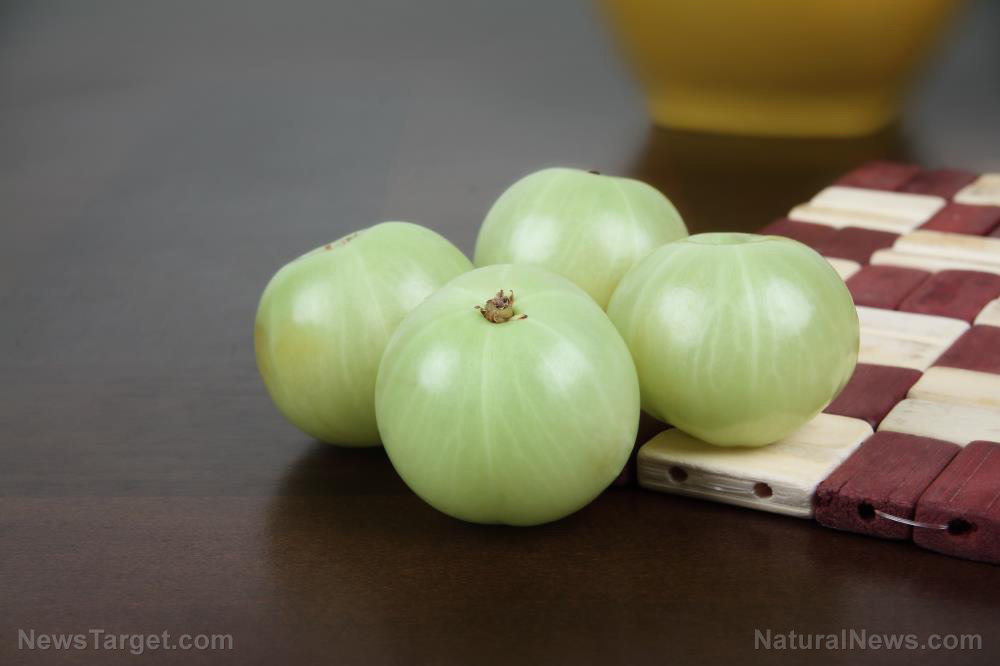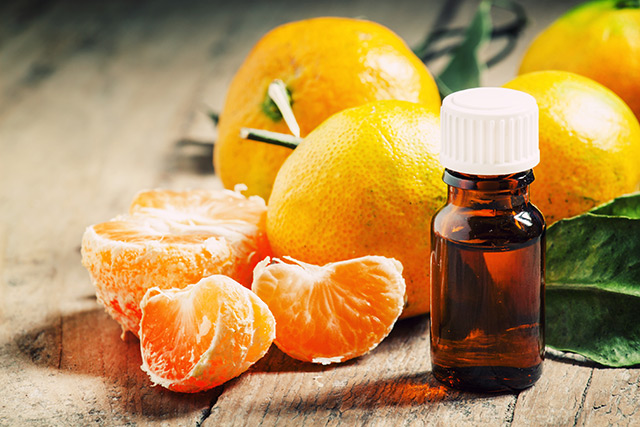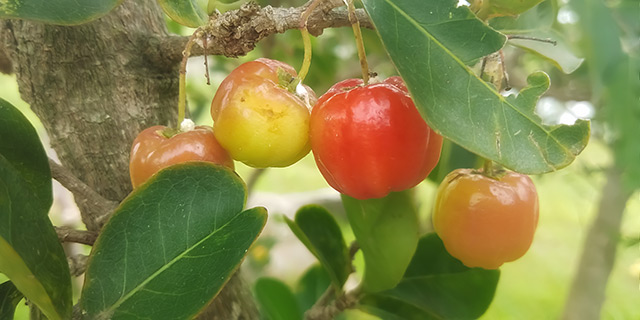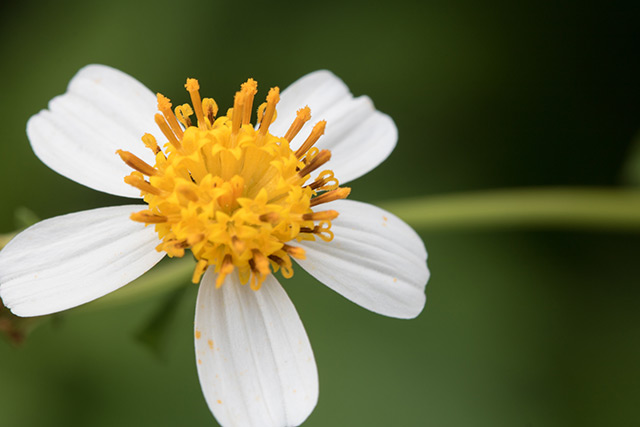Researchers have found an natural solution to getting arsenic out of rice
08/08/2016 / By Greg White

Researchers at the University of Delaware have discovered that adding rice husk to soil can minimize noxious inorganic arsenic levels in rice grain by approximately 25 to 50 percent without negatively impacting yield.
Angelia Seyfferth, assistant professor in the Department of Plant and Soil Sciences in the College of Agriculture and Natural Resources, headed a group of research technicians and undergraduates from a wide range of fields for the project. The results of the study are published in the Journal of Agricultural and Food Chemistry.
For the project, the team grew rice plants in the soil containing residues instead of using rice stray, which they discovered in a former study was bad for the environment. They used rice husk because it is teeming with silica, has less arsenic in the tissues and releases less arsenic into the soil in comparison to straw.
The price of rice
“We used those two materials and compared the growth of rice with those materials incorporated into a soil that had background levels of arsenic and relatively low plant-available silicon,” said Seyfferth. “The big finding is that when we grow these plants in the fresh husk amended soil, we see a 25-50 percent decrease in the inorganic arsenic in the grains which is the most toxic form of arsenic. So right away, just by putting this material into soil, we can make the plants healthier and alter the toxic form of arsenic that’s in the grain which has direct implications for human health,” she added.
Material teeming with silica is essential to decreasing the amount of arsenic in the rice plant since the mechanism responsible for arsenite uptake, the most common type of arsenic in flood rice paddies, utilizes a transport pathway with dissolved silicon, according to a press release. Seyfferth said the results of the study verified previous hunches she had about arsenic and silicon.
Mother Nature's micronutrient secret: Organic Broccoli Sprout Capsules now available, delivering 280mg of high-density nutrition, including the extraordinary "sulforaphane" and "glucosinolate" nutrients found only in cruciferous healing foods. Every lot laboratory tested. See availability here.
“There were already some clues because arsenic and silicon are very similar in terms of their location on the periodic table, and before that paper came out I had thought about doing some competition experiments between arsenic and silicon rice. When that paper came out, it gave me some confidence that it would be important to investigate,” Seyfferth said.
Seyfferth had conducted previous research on synthetic silicon fertilizers that could potentially reduce arsenic in the grain. However, her travels to Cambodia allowed her to see how much rice residue is being created by the production of rice across the globe, which led her to considering using some of those materials as sources for silica.
“In Cambodia and in many other rice growing regions, the plants are grown in the soil and then when they harvest, they remove the straw and all of the above ground portion, so they leave the roots in place but most of the silicon is in the straw and also in the husk,” she told sources.
The process
Once the rice comes straight off the plant, it is coated by a husk material. Once the husk material is removed from the grain, the remaining husk is brimming with silica.
“Usually, this material is just put in piles and the engineering industry is always coming up with new and interesting things to do with it. When I was there, seeing these giant piles of husks that were double my height and incredibly vast, I looked at that and I said, ‘Wow, look at all that silicon,” explained Seyfferth.
In nature, tissues teeming with silica are absorbed. However, when rice is grown and the tissues are removed, more silica is lost.
“By incorporating this, we’re putting that silica back, which as we show can decrease inorganic arsenic in the grain but it also can provide other nutrients so maybe more phosphorous, more nitrogen as sort of an organic fertilizer without the need for more chemical fertilizer. Then, having more silicon also makes the plants more resistant to other stresses like fungal pathogens,” noted Seyfferth.
Source:




















